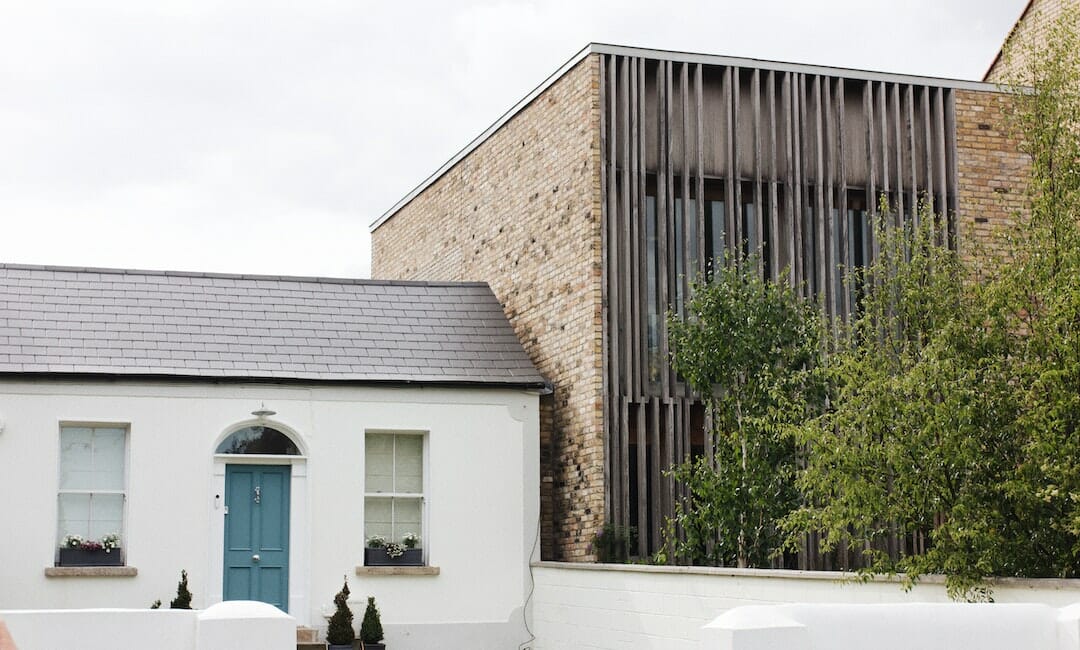Buy-to-let has historically always been considered a solid investment choice and a fairly straightforward way to make money either as a side hustle or as a primary income as part of a property management portfolio. But, with the rising costs of living, ever-increasing interest rates, as well as the threat of recession looming, is buy to let still worth it? We believe when done right, it is still one of the most solid investment choices out there.
In this article, we will look at why we believe buy-to-let is still worth it and some things to consider before investing in buy-to-let in Ireland.
Is a buy-to-let investment still worth it?
Put simply, yes, buy-to-let in Ireland is very much still a good investment choice in 2022 when done right. Rental yields in some of the most desirable cities are in double figures, showing it can still be a good income generator. Moreover, the Irish property market has recovered well after the Covid-19 pandemic, and in 2021 it was the only country in the EU to post positive numbers achieving 3% economic growth. Additionally, last year, more than 5.5 billion euros were invested in the Irish property market.
Any new buy to let investors should, however, be aware that you won’t always generate high returns quickly. The initial investment costs for buying-to-let are substantial, so it can take a while to see a return on your investment. Buy-to-let is not a get-rich-quick scheme, and longer-term investors are more likely to profit from their investment than those looking for a short-term investment.
As long as you understand the above and take the time to research the best location for your buy-to-let property, it can certainly still be a worthwhile investment. Below are some pointers for any potential investor looking to get started in Ireland’s buy-to-let market.

What do I need to consider before investing?
Investing in real estate is one of the safest investment choices you can make. Aside from the rental incomes that can be achieved, the property itself is likely to increase in value over time. Of course, there is a chance the value could go down, but this seems unlikely, especially in areas where there is a higher demand for property to buy and rent out, and the prices only seem to be increasing. So as a medium to long-term investment, buy-to-let is an excellent choice.
However, before going ahead and purchasing a buy-to-let property, it’s essential to be aware of the potential pitfalls that could damage your return on investment.
Location is key to a buy-to-let’s success
It might sound obvious, but the location of your investment property is critical if you are going to make a decent rental yield and attract top-quality tenants. Always take the time to visit a location before investing and when possible, pick areas where there is a higher demand for rental properties or places that appear to be up-and-coming (look for information on new developments in the area or improved transport links) or ones that are considered more affluent.
This is because rentals in higher-income areas typically attract better tenants that will cost you less in maintenance as well as higher and more regular rental incomes. If you can, consider investing in more high-profile locations such as Dublin or Cork, where there is a high demand for high-quality rentals.

Don’t forget about the tax
Tax on buy-to-let properties needs to be taken into account when you are doing your sums because there are several rules investors need to be aware of. For example:
- Stamp duty needs to be paid on any real estate acquisitions, which depending on the property and price point, can range between 1-7.5%.
- VAT up to 23% may also be chargeable in addition to the purchase cost in certain circumstances.
- There are also registration fees to pay once the purchase has been completed. The cost of this varies depending on the type of property.
- The property owner must also pay property tax which cannot be passed onto a tenant to pay unless the property is being let for commercial purposes.
In addition to the above, landlords can no longer deduct all their finance costs from their property income. Rules have now been introduced, restricting the amount of income tax relief landlords can claim for their residential property lets. Any finance costs incurred, including mortgage interest, loan interest on furniture purchases, and loan set-up fees, are included in these restrictions. There is also no relief on capital mortgage repayments on a mortgage or loan. Instead, landlords will now receive a basic rate reduction from their income tax liability for their financial expenses.
Be aware of rent pressure zones
Many properties within the most sought-after areas of Ireland now fall within designated areas where rent rises are controlled by government legislation. This means properties within a Rent Pressure Zone RPZ are capped in line with the rate of inflation or 2%, whichever is lower.
RPZs were introduced in 2016 when the market was booming, and rental prices were rising too steeply. RPZs will remain in place until at least the 31st of December 2024.
Currently, 53 local electorate areas throughout Ireland are designated within the RPZ rules. Many of these can be found in the country’s largest cities, such as Dublin, Cork, or Galway. Buying a property within an RPZ isn’t necessarily a bad thing, but it’s something to be aware of when deciding if an investment property is right for you.

Do your due diligence
Research and find out everything you can about a property and the surrounding area before putting down any cash. If a deal seems too good to be true, there’s probably a reason. Carrying out your due diligence can highlight any problems with the property that may not be obvious at first glance. For example, structural weaknesses, dampness, or less apparent problems like dangerous weeds on the land, which, if left, could cause severe problems for you in the future. Having a full survey done can be costly, but it could save thousands in the long run if any serious issues are found.
Conclusion
Investing in the Irish buy-to-let market is definitely still worth it for investors who are prepared to do their research and invest in properties in popular areas where there is a high demand for rental properties. Ireland’s property market has held strong in difficult times, and for those prepared to do their due diligence and research to find a property in the most profitable areas, a decent income can still be made. If you are new to buy to let investing be sure to check out our top tips for buying to let in Ireland for more advice.


